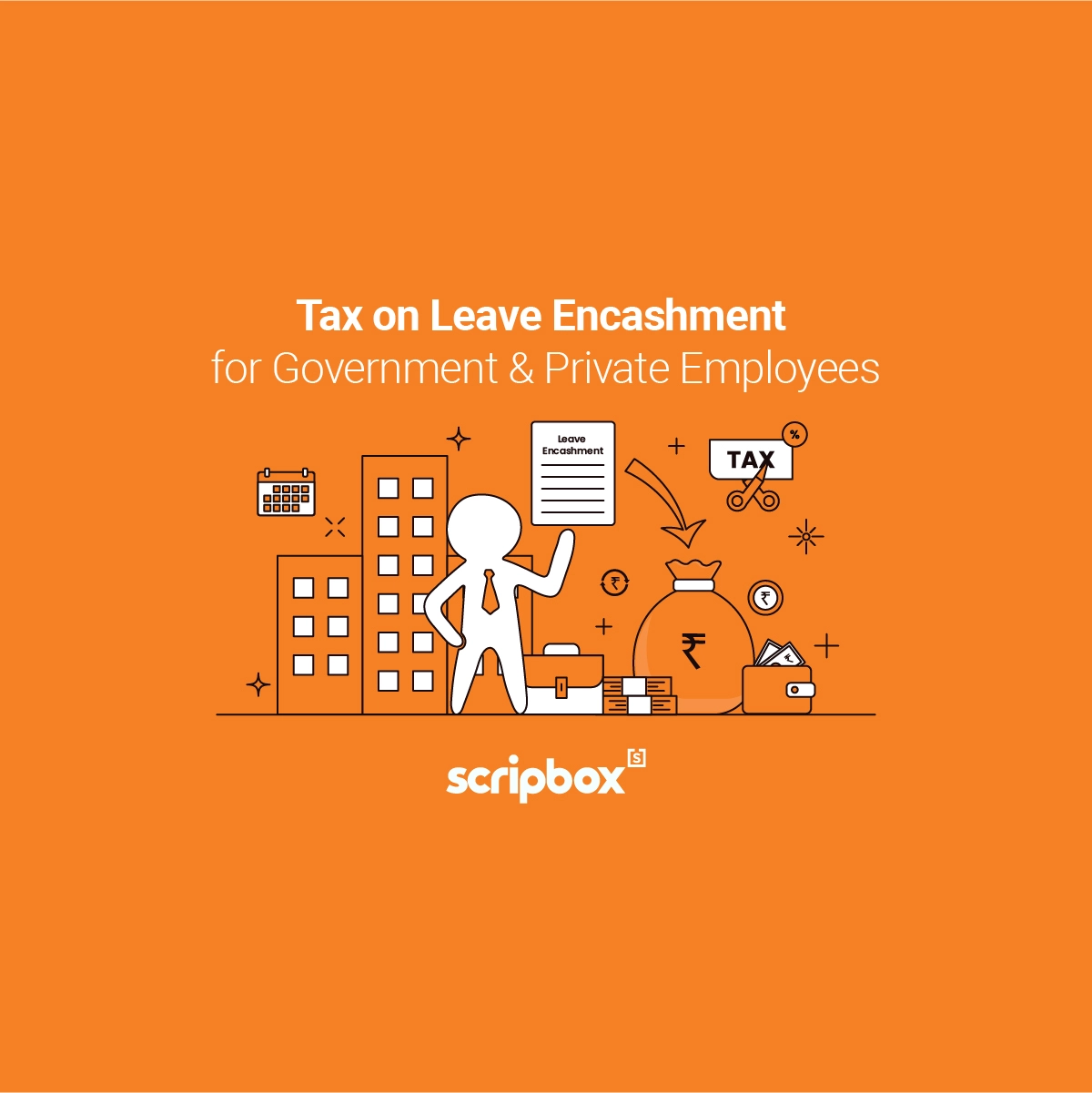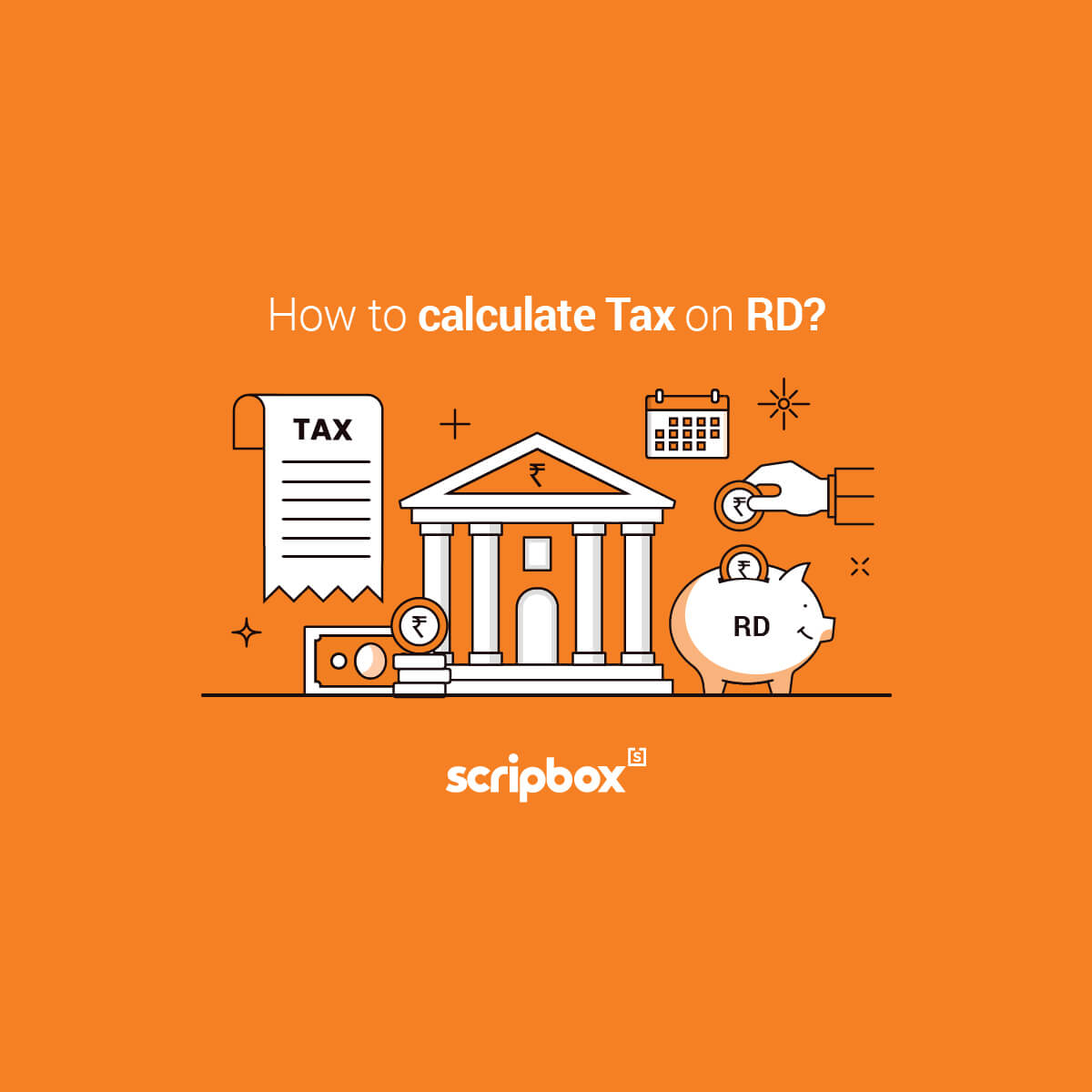What is Form 13 in Income Tax?
TDS stands for “Tax Deduction At Source”. Form 13 For TDS Deduction is an Income Tax for Lower Deduction of TDS as per Section 197 of the Income Tax Act, 1961. TDS needs to be deducted at the time of any payment under the requirements of the Income Tax Act. Individuals making the payment need to deduct TDS. TDS must be deposited with the Income Tax Department before the TDS submission deadline. The application for lower or no deduction of TDS u/s 197 is to be made by the taxpayer to AO in a predefined format i.e. Form 13.
If the payee believes that his income is not fully taxable in India, he may file Form 13. This form can be submitted online via the Official TRACES website. To substantiate your claim of nil or lower taxability in India, you will need to submit additional documentation.
Once the application is complete in all the aspects it is to be submitted to the jurisdictional assessing officer(AO) of TDS. The application must be disposed of within 30 days from the end of the month in which such application is received. AO will review the documents/ information submitted and may ask for further queries and documents before issuing the certificate or rejecting the application.
Why Form 13 is Required for TDS Deduction?
TDS may be deducted from the receiver’s income in some instances. However, his or her total tax burden should be determined at the end of the year. The tax payable is calculated using the Income Tax Slab Rates. This tax liability can be less than the TDS already deducted.
In such circumstances, where the TDS amount is significant. The TDS is deducted first, and then the beneficiary of the income claims a TDS refund while completing his Income Tax Return. An assessee can file the income tax returns only at the end of the financial year. This is a time-consuming and inconvenient process. Furthermore, if the refund amount is bigger, the refund will be more difficult to process and may take longer for the Income Tax Department to process.
To make the process easier for the taxpayers, the government has inserted Section 197. It states that if the total tax liability of the person (whose TDS is being deducted) at the end of the year is less than the amount of TDS being deducted, he may file an application with the Income Tax Officer for a certificate for Nil/Lower TDS deduction.
An application for Nil/Lower TDS deduction must be filed in Form 13 with the Income Tax Officer. If the tax officer is satisfied that the lower TDS deduction is justified, he or she must issue a certificate under Section 197.
Explore: Income Tax Refund Status
Income Covered Under Section 197
Once such a certificate is issued under Section 197, TDS will be deducted in accordance with the TDS Rates specified in the Certificate. This certificate will be issued online, and the taxpayer will be able to download it from the Income Tax portal.
The nil/lower TDS deduction is only applicable after the Income Tax Officer has issued a certificate in response to an application made in Form 13. This certificate must be presented to the person who is deducting the TDS. Except where payment is made as Interest on Securities or Interest on Fixed Deposits under Section 197A, this certificate is required in all cases. Form 15G/ Form 15H must be submitted in such cases.
The recipient of income may file a Section 197 application if the following types of receipts are subject to TDS under the Sections mentioned below:
| Sections | Description |
| Section 192 | Salary income |
| Section 193 | Interest on securities |
| Section 194 | Dividends |
| Section 194A | Interest other than interest on securities |
| Section 194C | Contractors income |
| Section 194D | Insurance commission |
| Section 194G | Commission/remuneration/prize on lottery tickets |
| Section 194H | Commission or brokerage |
| Section 194I | Rent |
| Section 194J | Fee for Professional or technical services |
| Section 194LA | Compensation on acquisition of immovable property |
| Section 194LBB | Income in respect of units of investment fund |
| Section 194LBC | Income in respect of investment in securitization trust |
| Section 195 | Income of non residents |
Eligibility to File Form 13 for TDS Deduction?
An application can be made if any person’s income attracts TDS under the above-mentioned sections and the recipient’s income justifies a non-deduction or lower deduction of income tax based on his estimated final tax liability.
While any person, including corporate entities, can make a Section 197 application, in the case of certain specified income categories. Resident individuals or any person who is not a firm or company, as the case may be, may also submit a self declaration in specified forms (Form 15G/Form 15H) for non-deduction of TDS.
How to File Form 13 for TDS Deduction?
To seek approval, an application for nil/lower TDS deduction using the FORM 13 must be filed with the Assessing Officer(TDS). Form 13 can be filed either electronically or manually. Mumbai, Tamil Nadu, and Karnataka have enabled online filing of Form 13 for faster processing of applications for certificates of lower/nil tax deduction at source under Section 197(1) of the Income Tax Act of 1961. It is recommended that taxpayers file the complete and correct information required for processing the application in the first instance.
If the application is approved by the AO, he will issue the certificate. A copy of this certificate can be attached to the invoice given to the deductor and used to justify the lower tax deduction.
The taxpayer must submit Form 13 For TDS Deduction to the income tax officer in order to apply for a Nil/Lower TDS deduction under Section 197.
Details for Form 13
The taxpayer is required to provide various details in this Form 13 for TDS Deduction, some of which are as follows:
- Name of the tax-payer and Permanent Account Number (PAN) of the taxpayer.
- Information about the reason for which the payment is received
- Income information for the previous three years as well as income projections for the current year
- Details of tax payments made in the previous three years
- Tax deducted/paid for the current financial year
- Tax Liability Estimate for the Current Year
- Email Address
- Mobile Phone Number
Electronic Filing
For electronic filing of Form 13 for TDS Deduction, deductees must log in to the TRACES website to electronically submit Form 13 for TDS Deduction applications. The tax-payer will be granted a certificate for income-tax deduction at any lower rate or no deduction of income tax under Section 197.
- The deductee who is not registered at TRACES shall be first required to register at TRACES for login and filing application in Form 13 For TDS Deduction.
- The tax-payer or deductee shall submit Form 13 for TDS Deduction along with supporting documents electronically-
-under digital signature or
-through an electronic verification code.
- After an online request for a lower /no deduction, the certificate has been submitted successfully, it shall reach the TDS- Assessing Officer on his/ her “TRACES AO PORTAL”.
- The tax-payer or deductee can track the status of his/her application through the option “Track Request for Form 13 under the tab “Statement/ Forms”.
- Once the Assessing Officer is satisfied with the application in order and the income justifies the lower or NIL deduction, the Assessing Officer will approve the application.
- The lower/nil tax details, as well as the applicable date, will be communicated to the taxpayers and deductors (via their TAN number).
Documents Required to File Form 13
- Copies of income tax returns, including enclosures and acknowledgement, for the three preceding financial years.
- Copies of assessment orders for the three preceding financial years.
- In the case of an assessee with business or professional income, copies of financial statements and, if applicable, audit reports for the three preceding financial years.
- Profit and loss projections for the current financial year (if applicable).
- Income statement computation for the three preceding financial years, as well as an estimated computation for the current financial year.
- Photocopy of PAN Card.
- All parties who are responsible for paying you must provide the Tax Deduction Account Number.
- Estimated income during the financial year.
- Other documents may be required depending on the nature of the income.
You can also explore our article on Corporate Tax in India
Other important points to be noted
- The certificate issued under Section 197 is only valid for the assessment year mentioned in the certificate unless it is cancelled or the date mentioned on the certificate expires.
- Lower/ NIL deduction certificate will be only valid for the particular period mentioned in the certificate. The income limit which was specified in the certificate for the respective deductor.
- There is an alternative way of receiving your income without deduction of tax. For this, you need to apply for Form 15G/ 15H.
- Form 15G is a declaration that can be filed by the bank fixed deposit holders. This ensures that no TDS is deducted from their interest income. However, the assessee must not be an individual less than 60 years of age or HUF.
- Self-declaration under the Form 15H is to be submitted by the assessee who is above 60 years of age. Furthermore, tax liability is must be NIL. At the time of disbursement of income to such assessee, no tax is deducted at the source.
Discover Tax Articles

















Show comments